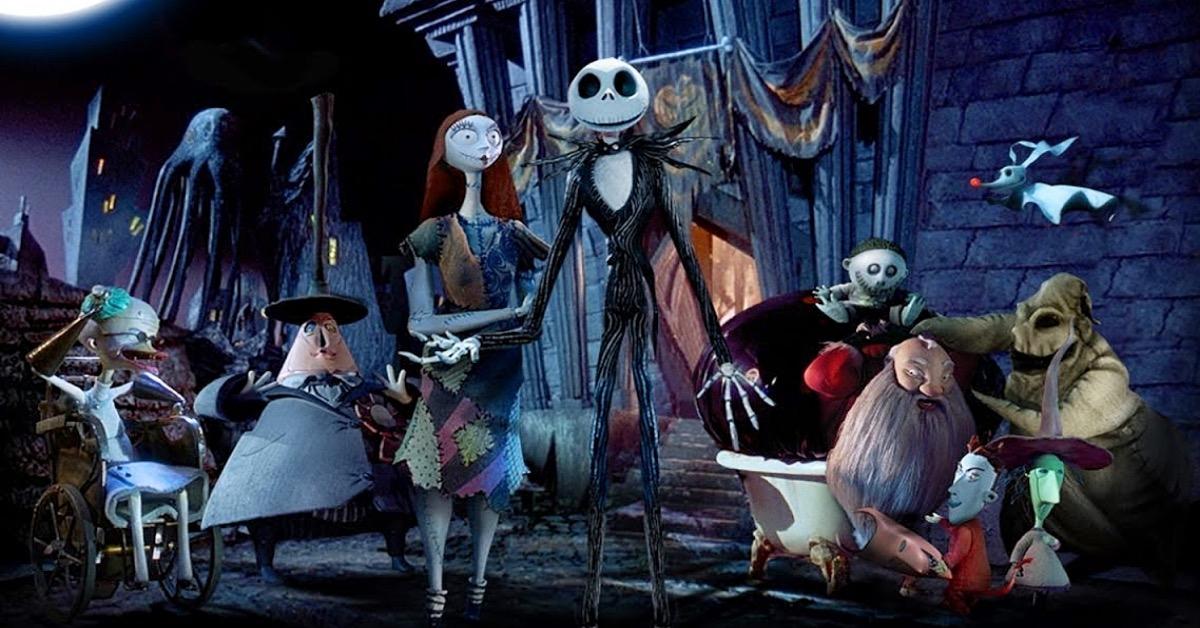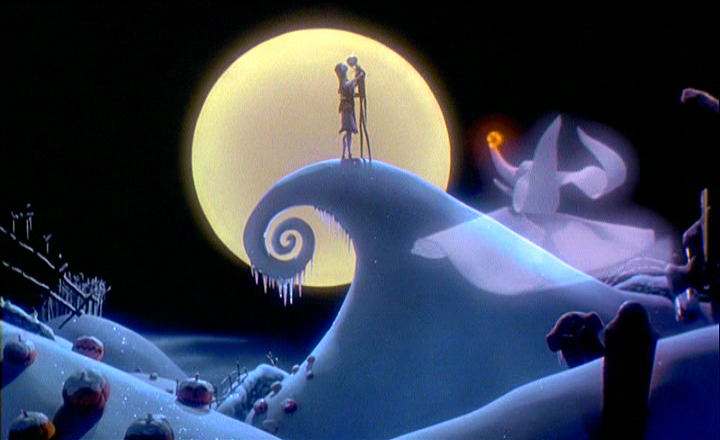The Nightmare Before Christmas: Halloween? Christmas? Why not both?
The Nightmare Before Christmas: film, musical, or poetry?
Everyone who knows anything about this film is aware of the age-old question: is it a Halloween film or a Christmas film? No one can seem to agree! What people can make their minds up about is that we get to this vaguely Halloweeny vaguely Christmassy time of year and this film has to be played at least once at some point. Fair dues, it’s a classic.
So what is it about Tim Burton’s The Nightmare Before Christmas that people seem to love? Probably many different things, which goes to show how well all the different elements of the film tie together. This is a film of many forms, all working together to create a single, cohesive piece of art. We have poetry weaving through the storytelling and dialogue, musical numbers that bring new energy to scenes, Danny Elfman’s gorgeous score helping to tell the story and build characters, intricate plasticine figures and painstaking stop-motion animation creating the semi-real feel of the film’s fictional world. The list goes on.

I think it’s important for us to remember that this film began as a narrative poem. Poetry is at the heart of The Nightmare Before Christmas, and it plays an integral part of how the story is told; the poetry sticks to a particular rhythm, a rhyme scheme, a shape. What effect does that have on us as audiences? We feel like we’re entering a world that’s definitely unreal. We can be absolutely sure that we’re approaching something fictional, something contrived, something that’s been constructed, and so we’re invited to suspend disbelief for the duration of the next hour and a bit. Poetry as the basis of this film gives us licence to escape the real world.

Then, we have that poetic foundation put to music. You don’t need me to tell you about the power of music as an atmospheric tool, creating a sense of the fictional world we’re entering, how the characters in this world tell stories, how they interact with one another. Particularly with this film, the opening number is (as opening numbers tend to do) introducing us to some of the characters, moving us through their world, setting the scene, letting us in. As with poetry, musical films have something unreal about them. In the real world, people don’t spontaneously burst into song and all know the words (apart from in exceptional circumstances), but in fiction anything goes. And at the end of the day, it’s fun! We get to watch a collection of strange-looking creatures and characters from Halloween Town going about their daily business singing about Halloween and converging on Jack Skellington’s house. (When you put it like that it’s utterly bizarre but what’s life without a little healthy dose of craziness?)
Plasticine models and stop-motion animation are artforms in their own right, and they require many hours of painstaking and highly detail-oriented work from a team of artists and animators. It’s no mean feat to produce a full stop-motion film, and The Nightmare Before Christmas is a strong example of this. (Equally, just watch any Aardman film.) Part of the magic and beauty of this film, then, also comes from the physical, visual evidence of a project people have dedicated time, energy, and artistry into. This is a film its artists can be proud of and its audiences can admire, even if you don’t “enjoy” it per se.

And the story at the heart of it all. This is not a story of failure - of Jack Skellington’s inability to be Santa Claus - it’s a story of trying something new. If in that process of trying new things you realise it’s really not for you, that in fact what you were looking for had been right in front of you the entire time, then it wasn’t wasted time at all. Truly, without that experience, you might never have come to realise where your passions lie, where your heart is, what brings you the greatest joy and satisfaction in life. Jack Skellington begins his story as the Pumpkin King, he tries his hand at playing Santa Claus but soon realises it’s not his gig, and he’s actually really more of a Halloween person after all. But, he might have remained discontented with his Halloween life if not for his foray into Christmas. He would’ve remained unsatisfied, unhappy, disengaged,and lonely. Instead, he realised he was loved, valued, and that he could bring joy to other people’s lives too.

And so there are many reasons why The Nightmare Before Christmas is such a wonderful concoction of artforms and storytelling. Whether it’s your cup of tea aesthetically, whether you buy into musical films, or Halloweenmas is your absolute favourite season, there’s a little something for everyone in The Nightmare Before Christmas.
Comments
Post a Comment